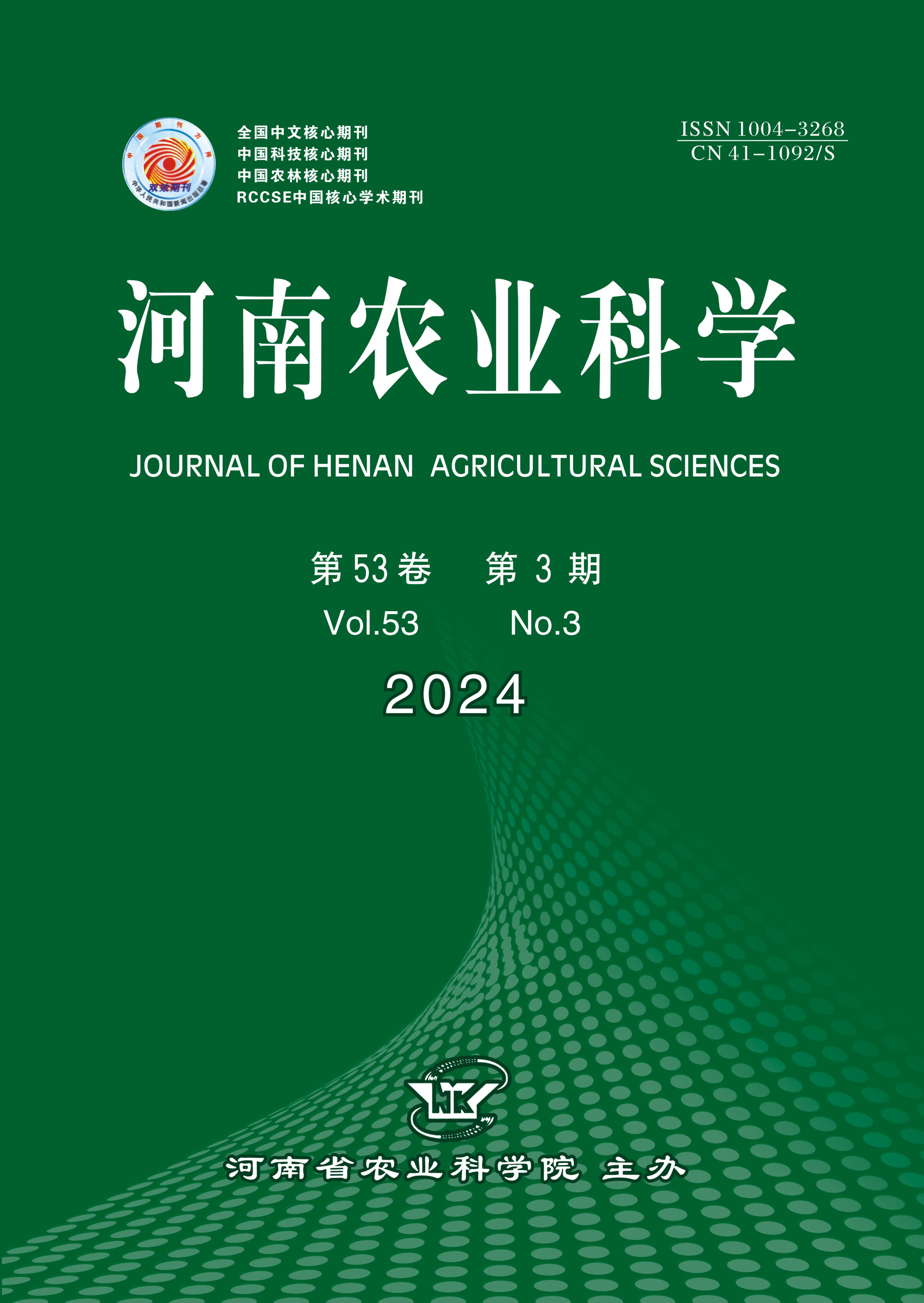-
Mitigation Effect of Exogenous Application of Phosphate Fertilizer on Cadmium Accumulation in Wheat
- WANG Jun, LI Guangxin, LI Chang, LIU Hongen, GAO Wei, QIN Shiyu, WANG Long, SUI Fuqing, FENG Yang, ZHAO Peng
-
2024, 53(3):
78-86.
DOI: 10.15933/j.cnki.1004-3268.2024.03.007
-
 Asbtract
(
)
Asbtract
(
)
 PDF (3239KB)
(
)
PDF (3239KB)
(
)
-
References |
Related Articles |
Metrics
A soil pot experiment was conducted to investigate the effects of exogenous application of phosphate fertilizer on the absorption and accumulation of cadmium(Cd)by wheat in soils contaminated with Cd(4 mg/kg)during different growth stages(jointing,flowering and mature stages).The results showed that exogenous phosphorus supply[P150(potassium dihydrogen phosphate,150 mg/kg of phosphorus pentoxide),P600(potassium dihydrogen phosphate,600 mg/kg of phosphorus pentoxide)]significantly increased soil available phosphorus content,which showed a decreasing trend with wheat growth stages.The overall effective Cd content in the soil was significantly reduced,with a decrease of 23.02% and 28.79%,22.66% and 36.73%,29.41% and 28.53% respectively during the jointing,flowering,and mature stages.Compared with no phosphorus(P0)treatment,the biomass of wheat under P150 treatment was the highest,indicating that under the condition of Cd stress,excessive application of phosphorus fertilizer could not continue to increase wheat biomass. Under Cd stress,exogenous phosphorus(P150 and P600)treatment mainly reduced the Cd content in wheat roots,which decreased by 20.40% and 13.32% at jointing stage,1.81% and 30.73% at flowering stage,14.80% and 32.01% at mature stage,respectively.At the same time,exogenous application of phosphorus fertilizer significantly reduced the translocation of Cd from roots to grains at mature stage,which decreased by 48.72% and 42.32%,respectively. In summary,exogenous application of phosphorus fertilizer reduced the soil available Cd content,significantly alleviated the toxicity of Cd to wheat by reducing the absorption of Cd by roots and the transfer of Cd to grains at mature stage,and increased the biomass of wheat under a certain phosphorus supply level.
